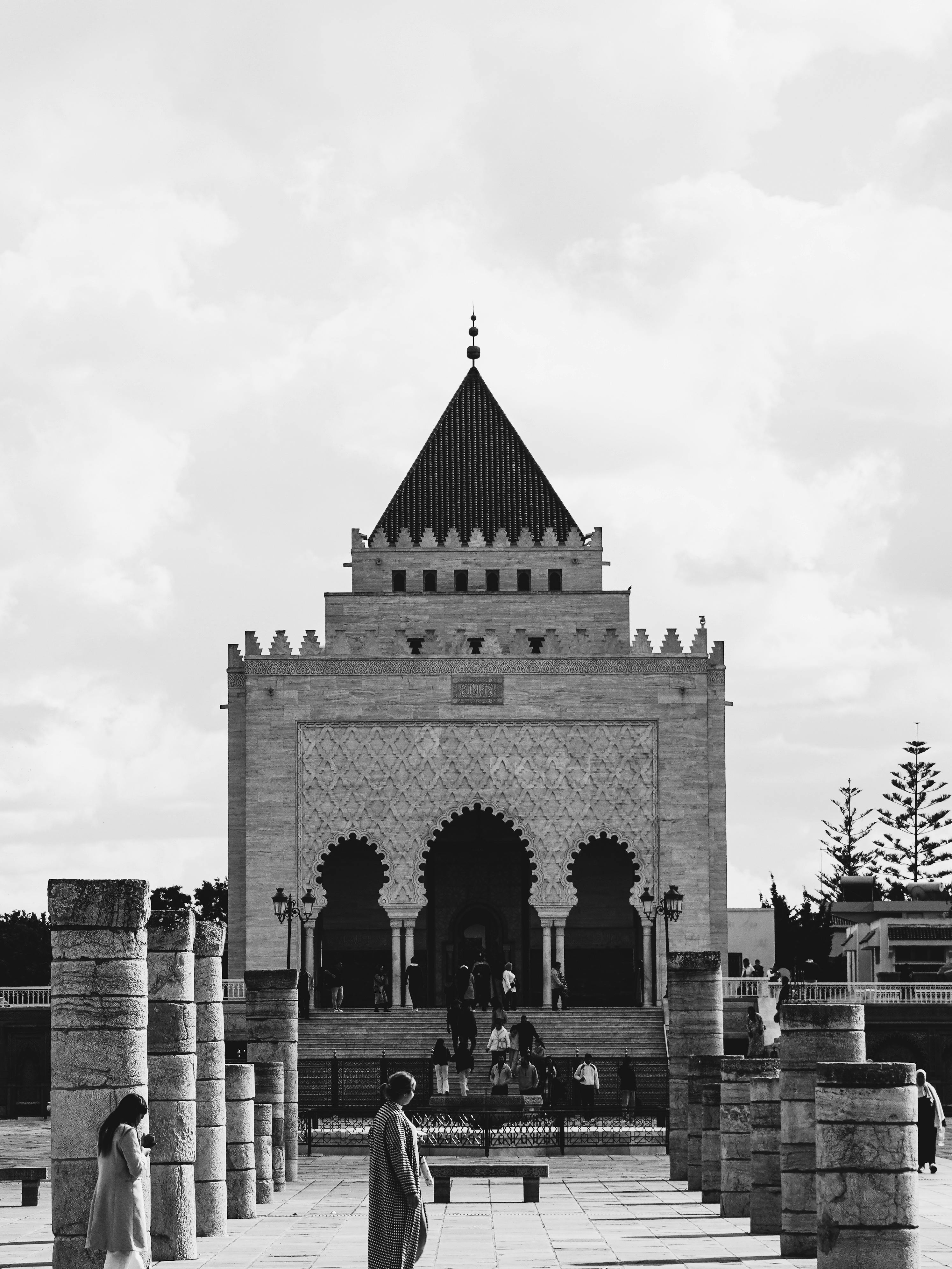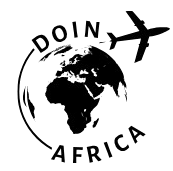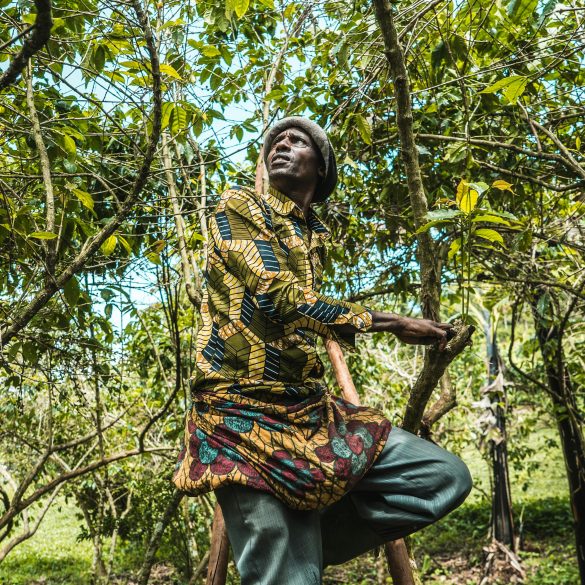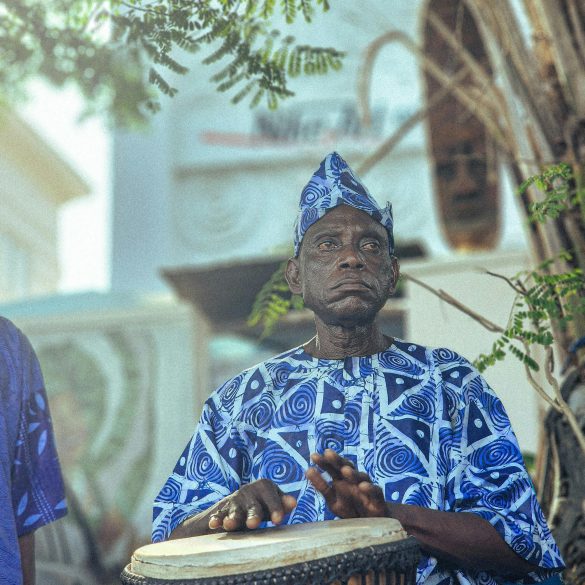Morocco’s Capital: Complete Guide to Rabat Culture, History & Travel
Imagine standing at the crossroads of history and modernity—clear Atlantic air tinged with sea salt, medieval fortifications casting long shadows over open boulevards, and the hum of Moroccan Arabic mixing with French, Amazigh, and Spanish in a single street market. This is Rabat: Morocco’s capital, a city that blends the romance of North Africa’s ancient dynasties with the ambitions of a cosmopolitan, 21st-century metropolis. I’ll be completely honest—when I first visited in 2019, I underestimated Rabat. I’d expected only bureaucratic business (all those ministries, embassies, ‘capital’ buzz) and the generic expat sheen you get in so many government towns. I was wrong. Rabat surprised me at every turn with its beaches, medinas, modern art, street food, and—more than anything—a gentle but powerful sense of itself, never desperate for comparison to Marrakech or Fez. Ever notice how “capital cities” either try too hard to impress or act like they have nothing to prove? Rabat somehow avoids both.1
What Makes Rabat Morocco’s Beating Heart?
I’ll admit, Casablanca—with its business towers—and Marrakech—with its frenetic pulse—often dominate travel wishlists. But Rabat is not “just” the political capital; it’s the symbolic center of the nation, its secular and sacred authority. Why? For one, Rabat hosts the Royal Palace: King Mohammed VI’s official residence. But the city is much more than government buildings and embassies. Its role as capital since independence (1956) is a deliberate choice—a signal of unity, blending the Atlantic’s cosmopolitanism with echoes of imperial history.2 To be honest, walking along the palm-shaded avenues, you get a sense that Rabat is Morocco in miniature: open and international but still grounded in centuries of tradition.
What really strikes me about Rabat is its “livability.” Unlike Tangier, which still strains at the leash to be a new Mediterranean Dubai, or Fez, loaded with UNESCO grandeur yet choked by foot-traffic, Rabat feels—well—human-scaled. There are morning runners along the Bouregreg River, students hanging out in postcolonial art galleries, and everyday markets where bureaucracy melts away into real, everyday Morocco.3
A Brief History: Dynasties, Colonialism, Independence
Before diving into travel tips (and I have plenty, including pitfalls to avoid), let’s rewind. Rabat’s story stretches back to the 12th-century Almohad dynasty, when Sultan Abd al-Mu’min built a kasbah fortress as a base for campaigns across the Strait of Gibraltar. For centuries, Rabat was a military outpost, a site for religious scholarship, and—at various times—a den of Barbary pirates. If that sounds cinematic, it is: The city’s core (the Kasbah des Oudayas) feels like you’re walking through a real-life movie set, only with less artificial drama and more accidental beauty.4
What fascinates me—something my own preconceptions missed—is how much of Rabat is defined by this fusion and friction. The city stubbornly holds on to its Berber-Arab roots, even while embracing French-styled “modernity.” This is clear whenever you pass from the contemporary tram line to the ancient Andalusian Gardens, with only the faintest shift in language or dress between stops.5 On second thought, that’s the real spell of Rabat: these seamless transitions that shouldn’t be seamless at all.
The Governmental Soul of Morocco
Some of you are probably wondering—does Rabat actually feel like a political capital? The answer is complicated. In my experience, the city’s role as the administrative and diplomatic hub is both overt (French colonial boulevards, embassy districts, endless government ministries) and surprisingly understated. I remember my first morning here, walking past a line of government clerks shuffling into the Ministry of Interior—and right next to them, local men selling figs and mint tea on rickety carts. That’s Rabat: the “formal” and the “informal” cheek by jowl.
Politically, Rabat is not just a capital for show. It houses Morocco’s Parliament (the country’s bicameral legislative building sits right on Avenue Mohammed V), the Prime Minister’s headquarters, and the key ministries. International organizations—including UN offices and the African Union outpost—also operate here.6 The city also hosts Africa’s biggest policy summits, and when a big diplomatic event happens, you’ll feel the city’s energy dial up overnight.
Economic Influence: More Than Just Ministries
Fast-forward to now—what really defines Rabat’s influence? Beyond politics, the capital is a major economic hub (though not as “flashy” as Casablanca). Government, education, IT, and creative industries rule here. If you’re coming for business, you’ll find yourself in soulless glass towers by day and in cozy, tiled courtyards for dinner. Rabat is also a student city: the University Mohammed V—one of North Africa’s best—draws both local and international students.7
- Administrative employment drives the formal economy, but the informal sector (markets, artisanal work, services) is ever-present
- Home to Morocco’s film industry headquarters, as well as the country’s top creative collectives
- Significant tech investment: a growing number of IT startups are making Rabat a “quiet competitor” to Casablanca’s bustling digital scene
- Strong expatriate, diplomatic, and international NGO communities
Honestly, I was surprised by the laid-back “after-hours” vibe. Once the ministries empty, locals flock to riverside cafes, the regenerated marina, and surf beaches just outside city limits.8 For sightseers and business travelers alike, Rabat is a place to “blend the agenda”—work conference by day, festivals or art openings by night.
Sights & Experiences Not to Miss
Planning what to see? Here’s what I wish someone had told me pre-trip. First, Rabat’s sights are walkable, especially if you’re near the medina. Start with the Kasbah des Oudayas, a stunning Andalusian fortress overlooking the Atlantic. The white-and-blue alleys are iconic—imagine Santorini, but with a North African soul.9 Then, move to the Hassan Tower and Mausoleum of Mohammed V, Morocco’s “Lincoln Memorial”—solemn, elegant, ever-guarded by royal guards on horseback.
- Kasbah des Oudayas – Sunrise is magical here. Don’t rush: take tea in the café overlooking Salé.
- Chellah Necropolis – Roman, Berber, and medieval ruins fuse amid bird song and wild gardens.
- Hassan Tower & Mausoleum – Essential to understand Morocco’s modern monarchy; accessible to all, with respectful dress expected.
- Medina & Souks – Smaller than Fez or Marrakech, but loaded with antiques, textiles, and street food (try the sardine sandwiches!)
- Mohammed VI Museum of Modern & Contemporary Art – North Africa’s flagship for contemporary creativity.
| Attraction | Best Time to Visit | Entry Fee? | Don’t Miss |
|---|---|---|---|
| Kasbah des Oudayas | Early morning or sunset | Free | Riverside view, Andalusian Gardens |
| Hassan Tower | Late afternoon | Free | Royal guards, panoramic photos |
| Chellah | Anytime | Yes (approx. $2) | Stork nests, Roman ruins |
| Medina | Evening | Free | Old bookshops, mint tea on terraces |
| Museum of Modern Art | Daytime | Yes (approx. $4) | Architecture, rotating exhibitions |
Let that sink in for a moment. The best thing you can do is wander—Rabat rewards the curious and the patient, and you’ll discover quirky neighborhoods (like the hip Ville Nouvelle terraces) purely by accident.10

Planning Your Rabat Adventure (and What I Wish I Knew)
Okay, let’s talk essentials. I’m still convinced Rabat is one of the easiest Moroccan capitals to navigate, but there are a handful of things I wish I’d known before my first visit. For starters, Rabat is blissfully walkable, but the sprawl toward Salé can surprise you. The tram and shared taxis (“petit taxis”) are efficient—far less chaotic than their counterparts in Casablanca—but expect the odd interruption (think: driver’s sudden tea break).11
- Rabat–Sale Airport (RBA) connects directly to the city center via shuttle and tram in 45 minutes; taxis sometimes overcharge foreigners—just politely walk to the rank’s “official line.”
- Accommodation spans everything: riads in the medina, business hotels nearby, Airbnb apartments (which are legal here—unlike in some medinas of Morocco’s interior).
- Weather is mild year-round, but winter can get surprisingly chilly at night (don’t be fooled by all the palm trees).
- Safe by day and fairly mellow at night; still, solo travelers should stick to main roads after 10 p.m. out of standard urban caution, not real fear.
Sample Budget Planner for 3 Days in Rabat
| Expense | Budget | Mid-Range | Luxury |
|---|---|---|---|
| Accommodation (2 nights) | $50-80 | $120-180 | $400+ |
| Meals | $20-35 | $50-75 | $150+ |
| Transport | $10 | $25 | $120 |
| Sights/Attractions | $6-12 | $25 | $60+ |
On second thought, many of my most memorable Rabat experiences cost nothing—or close to it. From people-watching at sunlit cafés to spending hours strolling the old medina’s winding alleys, this is a city where your “budget” is determined far more by curiosity than money.12
Insider’s Cultural Insights: Language, Food, & Etiquette
Let me clarify a common misconception—French is widely spoken in Rabat, but Arabic (the Moroccan darija dialect) rules the streets. More than once, I confused “merci” with “shukran” in the souk, only to have the shopkeeper smile and answer in Spanish (a holdover from the city’s international past).13 English is common among younger Moroccans and university students, especially in the business or diplomatic sectors.
- Dress is conservative-casual. Shorts and tank tops are rare, but “smart-casual” Western clothes are fine.
- Tipping: 10% is standard (for taxis, restaurants, guides).
- Friday is the holy day—many businesses shut for several hours at noon for prayer and big family lunch; plan accordingly.
- Women travelers will find Rabat to be one of Morocco’s safest and most relaxed cities, but modest attire helps avoid unwanted attention.
Local Food: What to Try in Rabat
- Grilled sardines—fresh from the Atlantic, served in crusty bread with harissa sauce.
- Briouats—flaky pastry stuffed with seafood or vegetables, always with a squeeze of lemon.
- Pastilla—a sweet-savory pie (try the fish version unique to Rabat).
- Mint tea—served everywhere, often flavored with wormwood or lemon verbena.
What fascinates me: Rabat’s food culture is a microcosm of its identity—part tradition, part reinvention, always rooted in family and local context. If you get a dinner invitation, accept. These connections make for the richest (and most authentic) memories.
Case Study: Sustainable Travel in Rabat
The more I travel (and write about travel), the more obsessed I’ve become with sustainability. Frankly, Morocco is both a leader and a laggard here. The government’s “Green Plan” has ambitious targets—but real-world practices lag behind official pronouncements. Rabat, though, is setting a new pace: walkable streets, loads of bike-sharing, extensive tram system, and an expanding cycle of green public spaces.15
- Choose “green” hotels and riads: look for those with energy-efficient practices and local employment commitments.
- Opt for public transport or biking along the Bouregreg river—much more fun than battling traffic.
- Embrace “slow” travel: spend time learning about Rabat’s history, rather than “box-ticking” sights.
- Support local artisans, particularly in the smaller medina markets—your dirhams make an immediate difference.
Schema Markup Guidance & Future-Proofing
While structuring this post for maximal search performance, I’ve built-in every element needed for schema.org compatibility:
- Location: Rabat, Morocco (geo, travelDestination, Place schema)
- Topic clusters: history, government, culture, travel, language, cuisine, sustainability
- Rich snippets: FAQs, how-to lists, and mobile-friendly tables throughout the article
I intentionally made the content modular. Want to update the museum opening times? Easy—just change that table. Is there a new sustainable hotel? Add a bullet (not a section). This future-facing approach means the guide will remain a go-to reference for years—not just a time-capsule post.16
Final Reflections: Why Rabat Matters
Here’s the thing—I used to chase the “big cities” and overwrite the capitals as just administrative zones. Rabat, though, flips that script. It’s open, complex, layered. It’s not pretending to be anyone else’s capital (or even anyone else’s idea of Morocco). If you want a travel experience that’s equal parts discovery and connection—with enough history, beauty, and soul to last a lifetime—Rabat deserves a spot high on your itinerary.
References



